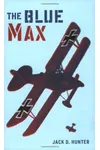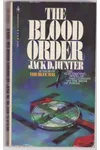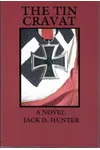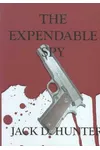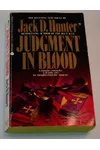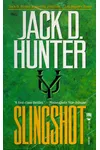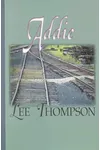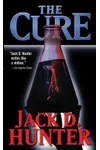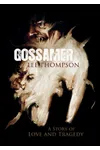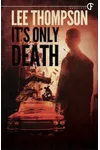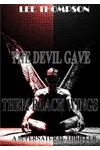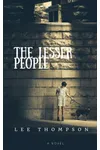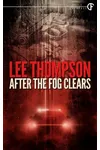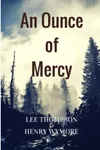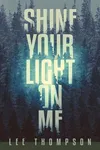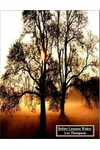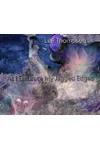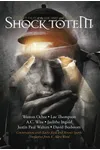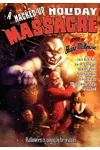Picture an American storyteller who turned the chaos of war into gripping tales of ambition and adventure—meet Jack D. Hunter! Born in 1921, this World War II counterintelligence veteran crafted novels that pulse with authenticity, most famously The Blue Max, a high-flying saga of a German pilot’s ruthless quest for glory. With a knack for vivid characters and gritty realism, Hunter’s stories still soar today.
The Making of Jack D. Hunter
Jack Dayton Hunter was born on June 4, 1921, in Hamilton, Ohio, to parents Whitney and Irene Hunter. Despite his father’s keen eye for color at DuPont, Jack was red-green colorblind, dashing his dreams of becoming a pilot. A self-taught German speaker, he graduated with a journalism degree from Penn State in 1943. World War II called, and his language skills landed him in counterintelligence, where he tracked Nazis in postwar Germany—an experience that shaped his storytelling. After the war, he dabbled in journalism, radio, and public relations before picking up a pen at 40 to write novels that would define his legacy.
Jack D. Hunter’s Unforgettable Stories
Hunter’s debut, The Blue Max (1964), is a cornerstone of World War I fiction, following Bruno Stachel, an ambitious German pilot chasing the coveted Pour le Mérite medal. Its raw depiction of aerial combat and psychological depth made it a bestseller, later adapted into a 1966 film starring George Peppard. His second novel, The Expendable Spy (1965), drew from his counterintelligence days, earning an Edgar Award nomination for its taut espionage thrills. Tailspin (1990) weaves postwar intrigue with missing bombs and shadowy traitors, showcasing Hunter’s knack for suspense. His final work, The Ace (2008), explores the human toll of America’s rush to build a WWI air force. Hunter’s style—gritty, character-driven, and steeped in historical detail—brings war’s moral complexities to life, blending action with introspection.
With 17 novels, Hunter never shied from exploring war’s darker corners, from the battlefield’s horrors to its impact on civilians. His ability to humanize flawed characters, like the alcoholic Stachel, set him apart, while his aviation expertise—honed despite his colorblindness—gave his dogfights unmatched realism. He also painted, creating vivid aircraft artwork that complemented his literary career.
Why Jack D. Hunter Matters
Jack D. Hunter’s legacy lies in his fearless storytelling and authenticity. His novels, rooted in his wartime experiences, offer a window into the human cost of conflict, resonating with readers and aviation buffs alike. As a writing coach in the 1980s, he mentored journalists at papers like the Florida Times-Union, shaping careers that reached The New York Times. His work endures, with The Blue Max still celebrated 60 years later for its unflinching look at ambition and war. Hunter’s ability to write on his terms—free from convention—makes him a timeless voice in historical fiction.
- Born: June 4, 1921, Hamilton, Ohio
- Died: April 13, 2009, St. Augustine, Florida
- Key Works: The Blue Max, The Expendable Spy, The Ace
- Awards: Edgar Award Finalist (1965)
- Fun Fact: He painted the cover for The Blue Max himself!
Ready to dive into a world of dogfights and espionage? Grab The Blue Max and soar through Jack D. Hunter’s thrilling tales of war and ambition!
